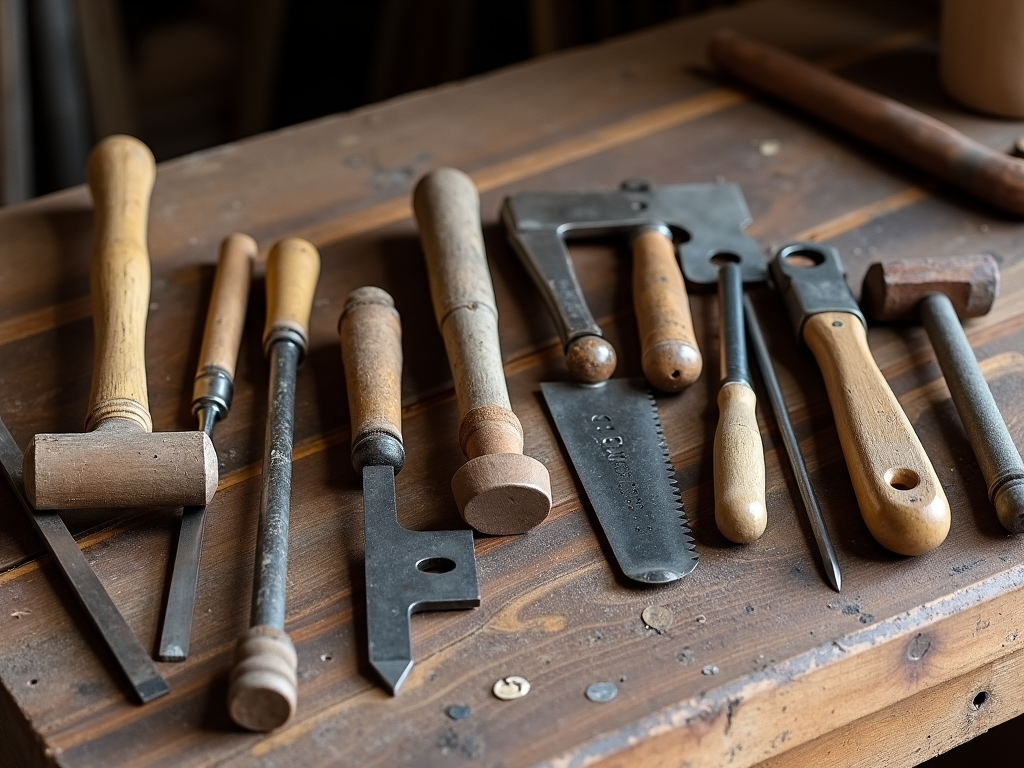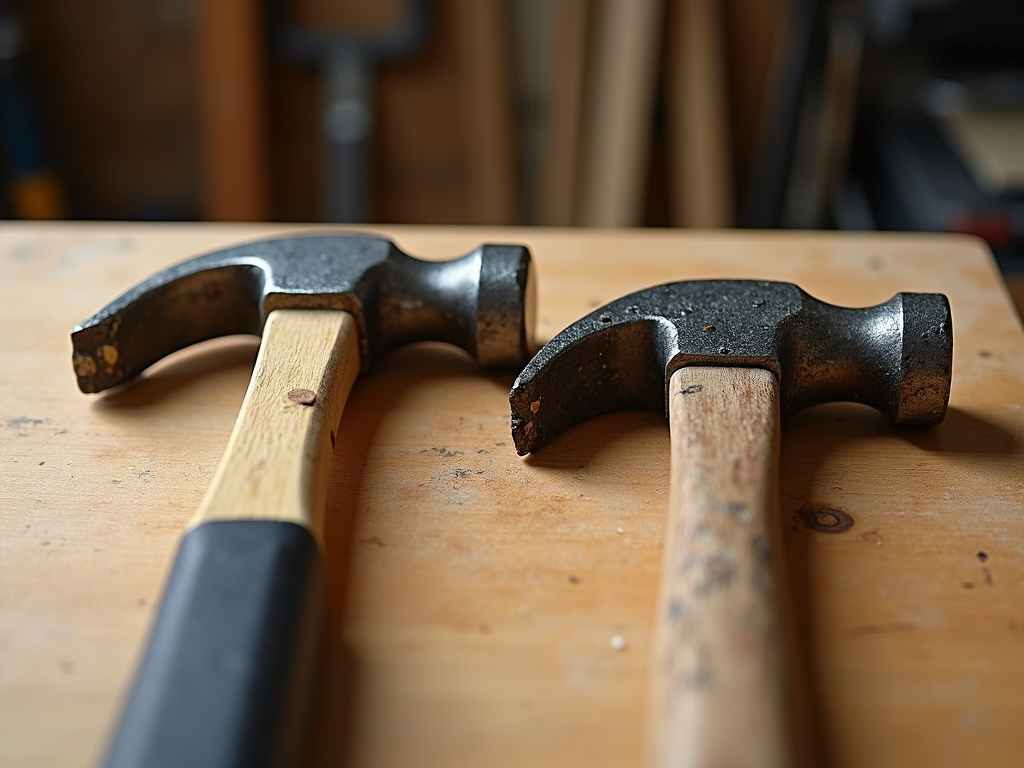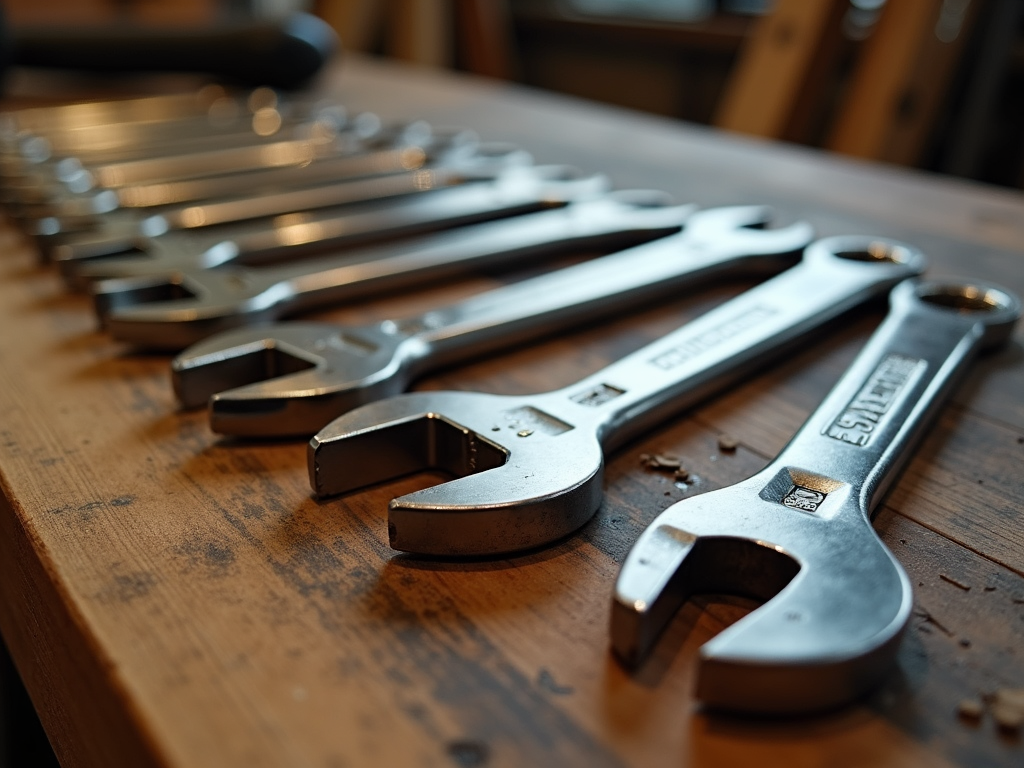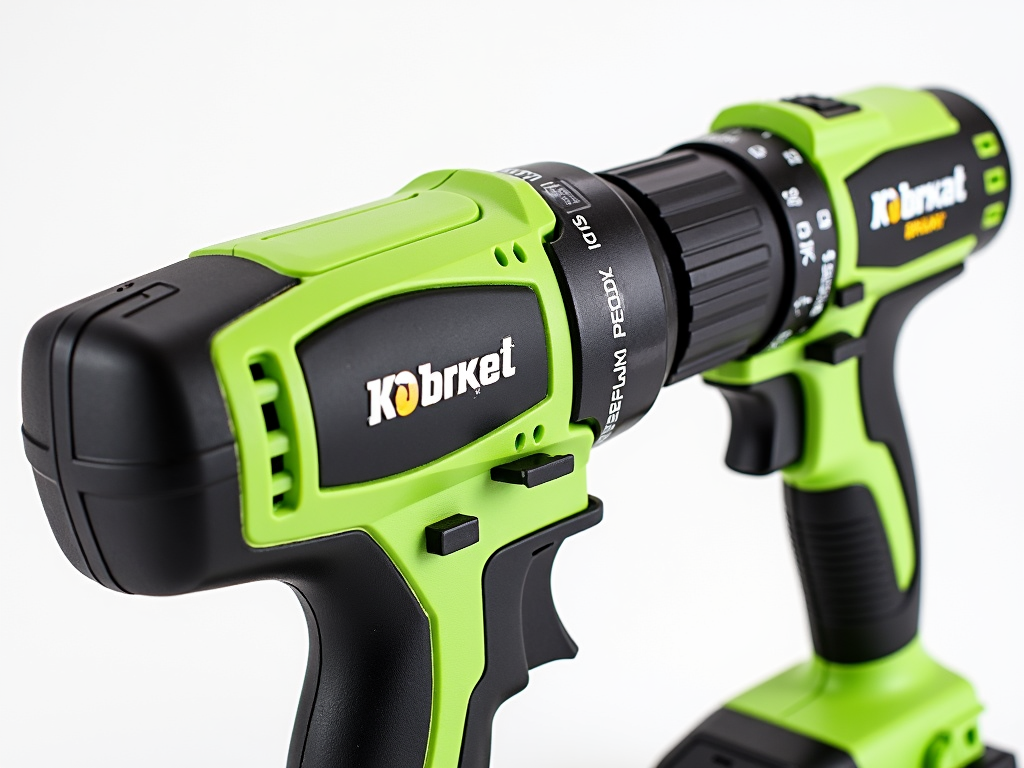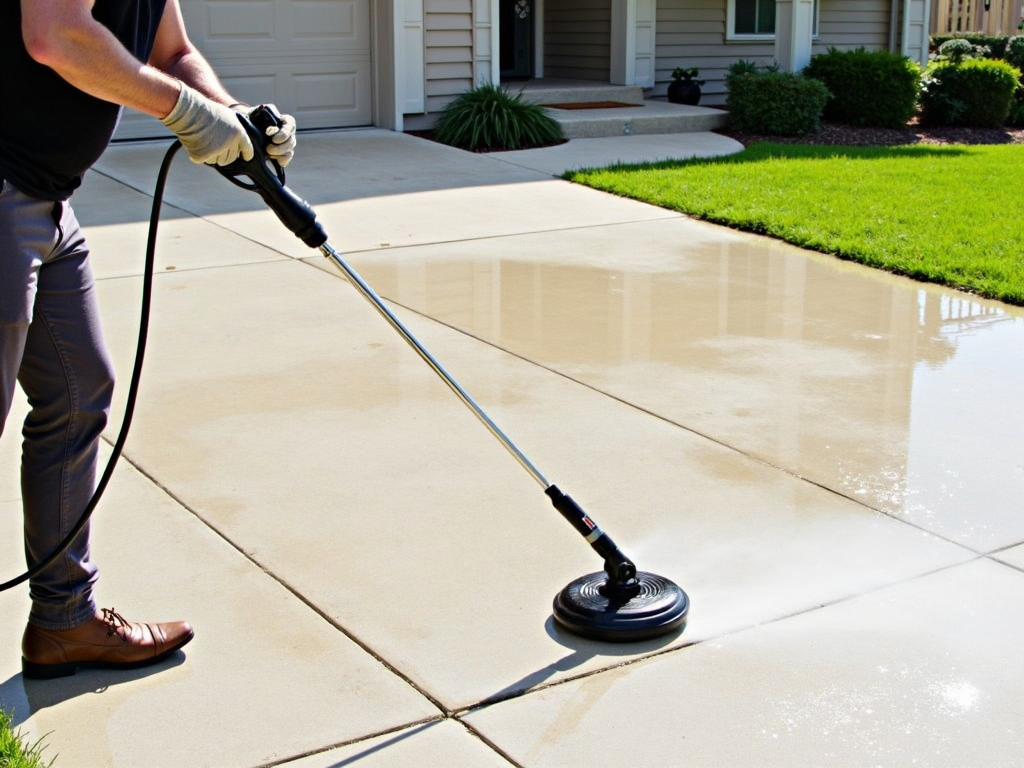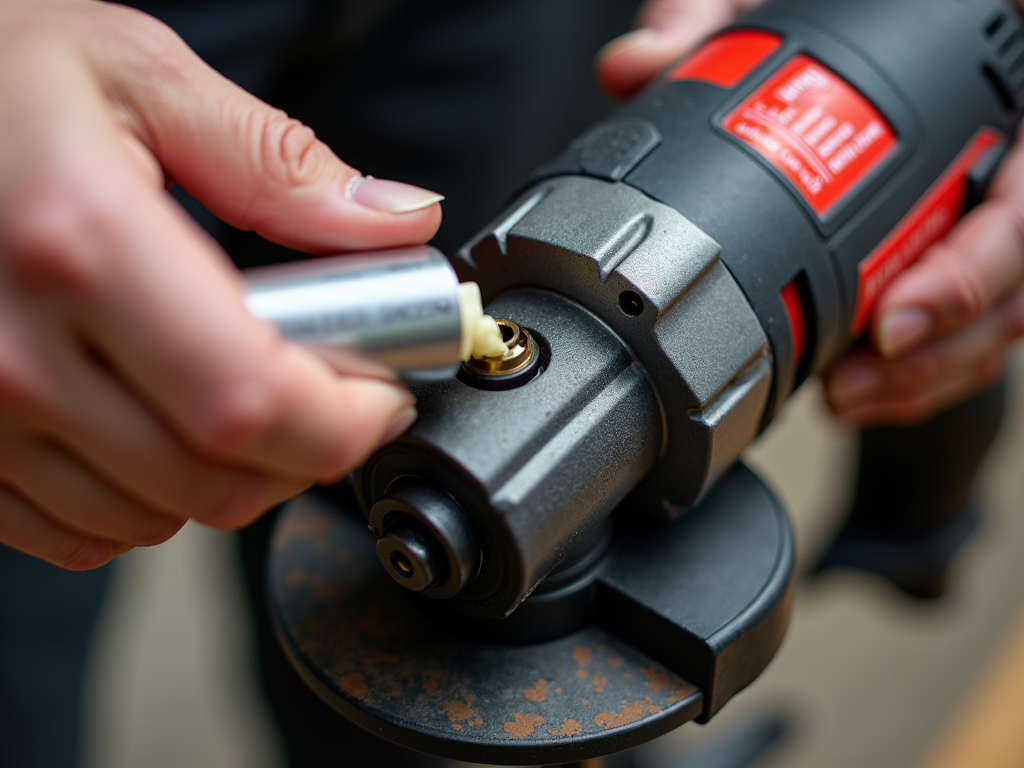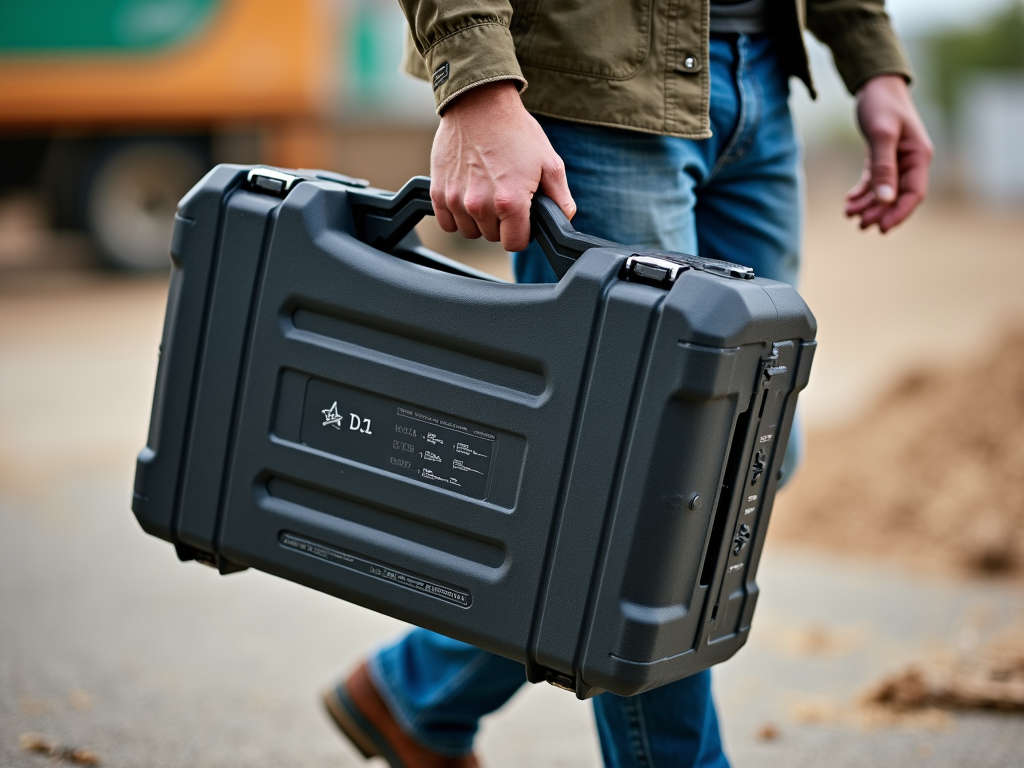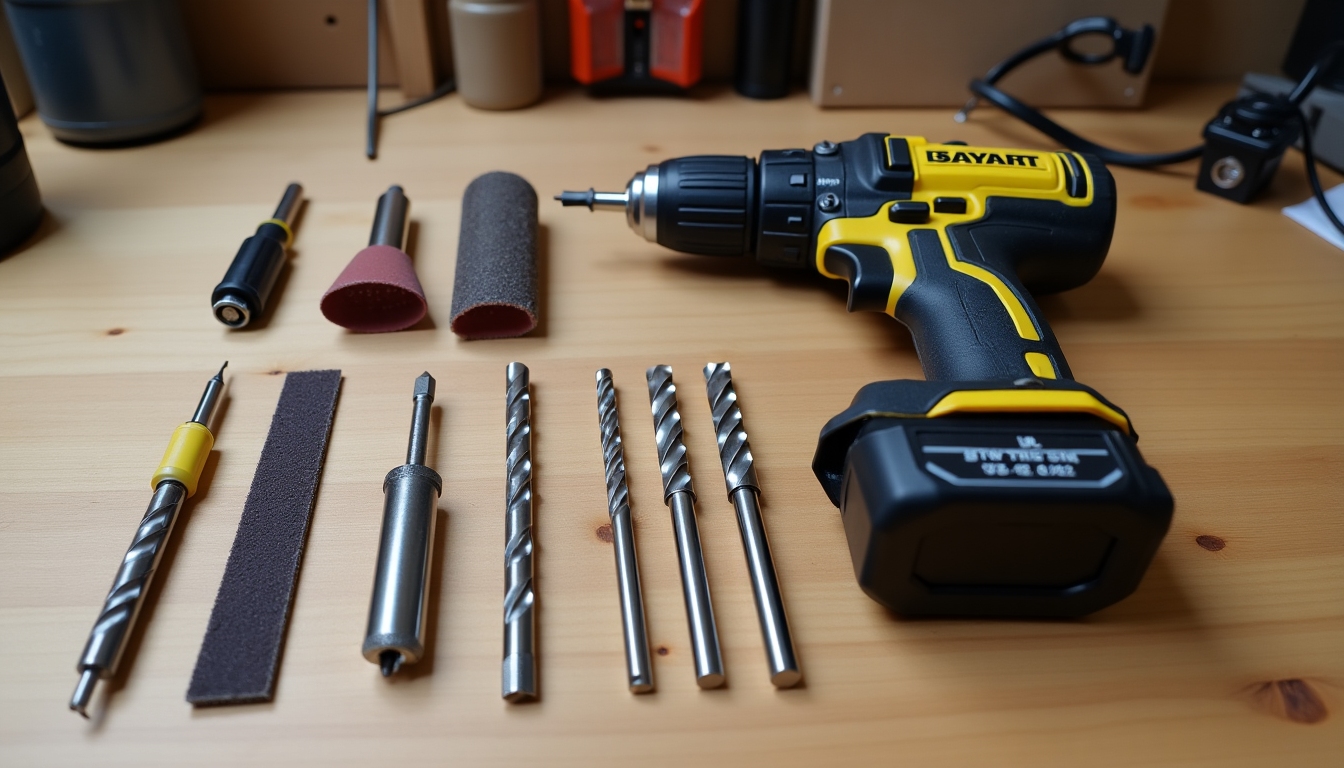Introduction to Power Tools Maintenance
Power tools are more than just handy gadgets; they're investments that can make or break your projects. Whether you're a professional tradesperson or a weekend warrior tackling home improvements, keeping your tools in top shape is crucial. Not only does regular maintenance ensure they perform at their best, but it also extends their lifespan, saving you money in the long run.
Over the years, power tools have come a long way. Companies like Black & Decker have been at the forefront of this evolution, pioneering innovations that have transformed the industry. From the introduction of the first portable electric drill to the development of cordless technology, Black & Decker has played a significant role in making power tools more accessible and efficient. Their contributions have not only changed the game for professionals but also empowered DIY enthusiasts to take on bigger and better projects.
In this article, we'll explore the essential steps to keep your power tools running strong. From cleaning and lubrication to battery care and ergonomic considerations, we'll cover everything you need to know to maintain your tools like a pro.
Understanding Your Power Tools
Before diving into maintenance, it's important to understand the different types of power tools and their basic components. Power tools can be broadly categorized into drills, saws, sanders, grinders, and more. Each type has unique features and maintenance requirements, so it's crucial to familiarize yourself with your specific tools.
One of the first steps in maintaining your power tools is to read the user manual. While it might seem tedious, the manual provides valuable information on how to care for your tool, including recommended maintenance schedules, lubrication points, and safety precautions. If you've misplaced your manual, most manufacturers offer digital copies on their websites.
Regular Cleaning and Inspection
After each use, take a few minutes to clean your power tools. Dust, debris, and residue can accumulate on the tool's surface and in its crevices, potentially affecting performance. Use a soft brush or compressed air to remove loose particles, and wipe down the tool with a damp cloth. For stubborn grime, a mild detergent can be used, but be sure to dry the tool thoroughly afterward.
In addition to cleaning, regular inspections are key to catching potential issues early. Look for signs of wear and tear, such as frayed power cords, dull blades, or loose components. If you notice any damage, address it promptly to prevent further deterioration.

Lubrication and Oiling
Many power tools have moving parts that require lubrication to function smoothly. Gears, bearings, and other components can wear down over time if not properly lubricated, leading to decreased performance and potential breakdowns.
Refer to your user manual to identify which parts need lubrication and how often. Typically, a few drops of oil or a small amount of grease applied to the designated points will suffice. Be careful not to over-lubricate, as excess lubricant can attract dust and debris, causing more harm than good.
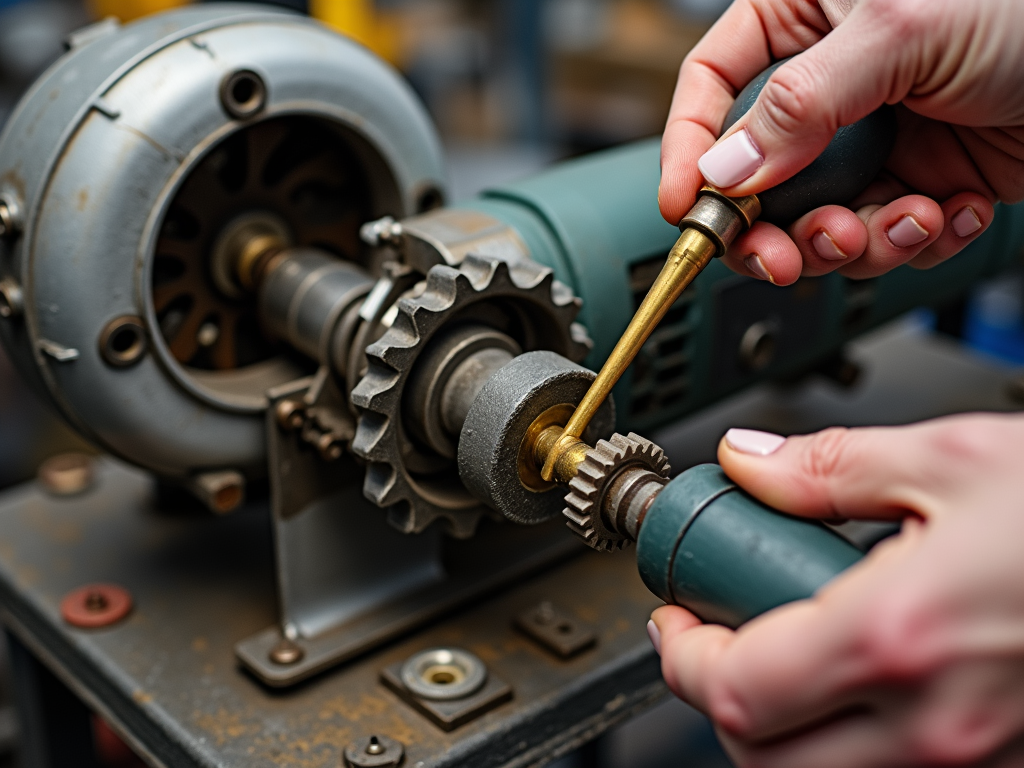
Battery Care for Cordless Tools
Cordless power tools have revolutionized the way we work, offering unparalleled convenience and portability. However, their performance hinges on the health of their batteries. To keep your cordless tools running strong, proper battery care is essential.
First, always use the charger provided by the manufacturer, as using incompatible chargers can damage the battery. When charging, avoid leaving the battery on the charger for extended periods once it's fully charged, as this can reduce its lifespan. Similarly, don't let the battery completely discharge before recharging; instead, aim to recharge it when it reaches about 20-30% capacity.
Store batteries in a cool, dry place, away from direct sunlight and extreme temperatures. If you won't be using your cordless tool for an extended period, remove the battery and store it separately.
It's worth noting that innovations in cordless technology have significantly improved battery life and performance. For instance, the shift from nickel-cadmium (NiCd) to lithium-ion (Li-ion) batteries has provided longer run times, faster charging, and reduced weight. Black & Decker has been a key player in this transition, introducing some of the first Li-ion powered tools to the market, making them lighter and more efficient.
Additionally, understanding the type of battery your cordless tool uses can help you care for it better. Older tools might use nickel-cadmium (NiCd) batteries, which have a memory effect and require full discharge before recharging. However, most modern tools use lithium-ion (Li-ion) batteries, which do not have this issue and can be charged at any time.
When it comes to disposing of old batteries, it's important to do so responsibly. Many hardware stores and recycling centers accept used batteries for proper disposal, as they contain materials that can be harmful to the environment if not handled correctly.
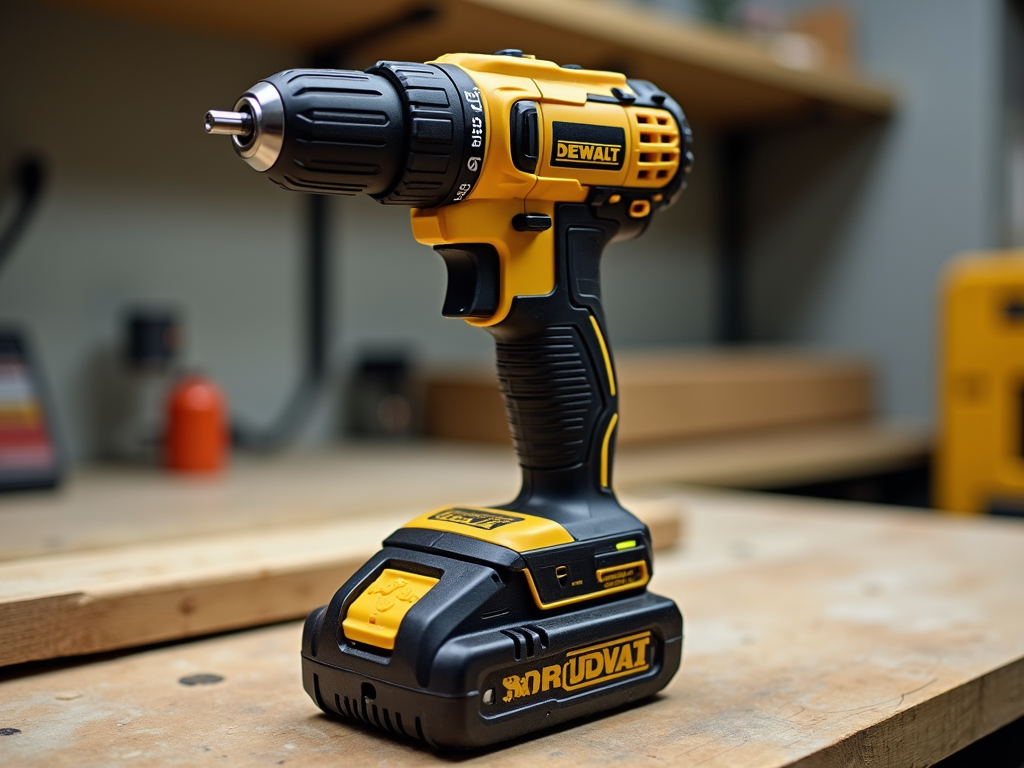
Proper Storage
How you store your power tools can greatly impact their longevity. Exposure to moisture, dust, and extreme temperatures can lead to rust, corrosion, and other damage.
Store your tools in a dry, cool environment, such as a garage or workshop with good ventilation. If possible, use a dedicated toolbox or storage case to protect them from dust and impact. For cordless tools, remove the batteries before storing to prevent drainage.
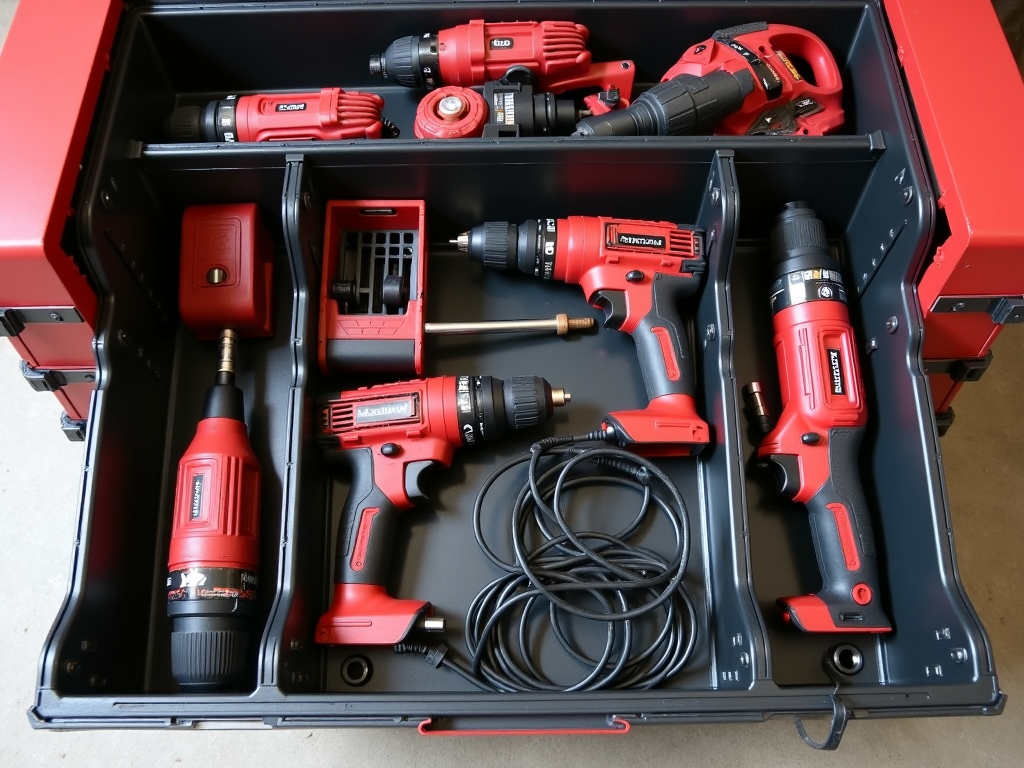
Safety Precautions
Maintaining your power tools isn't just about performance; it's also about safety. Always wear appropriate safety gear, such as gloves, safety glasses, and hearing protection, when using power tools. Follow the manufacturer's safety guidelines and never bypass safety features.
Additionally, ensure that your workspace is well-lit and free of clutter to minimize the risk of accidents. If you're unsure about how to use a tool safely, seek guidance from a professional or refer to instructional resources.
When to Seek Professional Help
While regular maintenance can prevent many issues, there may come a time when your power tool needs professional attention. If you notice unusual noises, excessive vibration, overheating, or a significant drop in performance, it's best to consult a qualified technician.
Attempting to repair complex issues without the proper knowledge or tools can lead to further damage or even injury. Remember, it's better to be safe than sorry when it comes to power tool repairs.
Ergonomic Considerations
In recent years, there has been a growing focus on ergonomics in power tool design. Ergonomic tools are designed to reduce user fatigue and strain, making them more comfortable to use for extended periods.
For example, ergonomic power drills often feature contoured handles, balanced weight distribution, and vibration-dampening technology. These features not only enhance comfort but also improve control and precision.
Modern power tools often incorporate features such as soft-grip handles, adjustable speed settings, and lightweight materials. These design elements reduce the strain on your hands and wrists, allowing you to work longer without discomfort.
For instance, an ergonomic drill might have a handle that conforms to the natural shape of your hand, distributing pressure evenly. Some models also include built-in LED lights to illuminate your work area, reducing eye strain.
By choosing ergonomic tools, you're not only investing in your comfort but also in your productivity and safety.
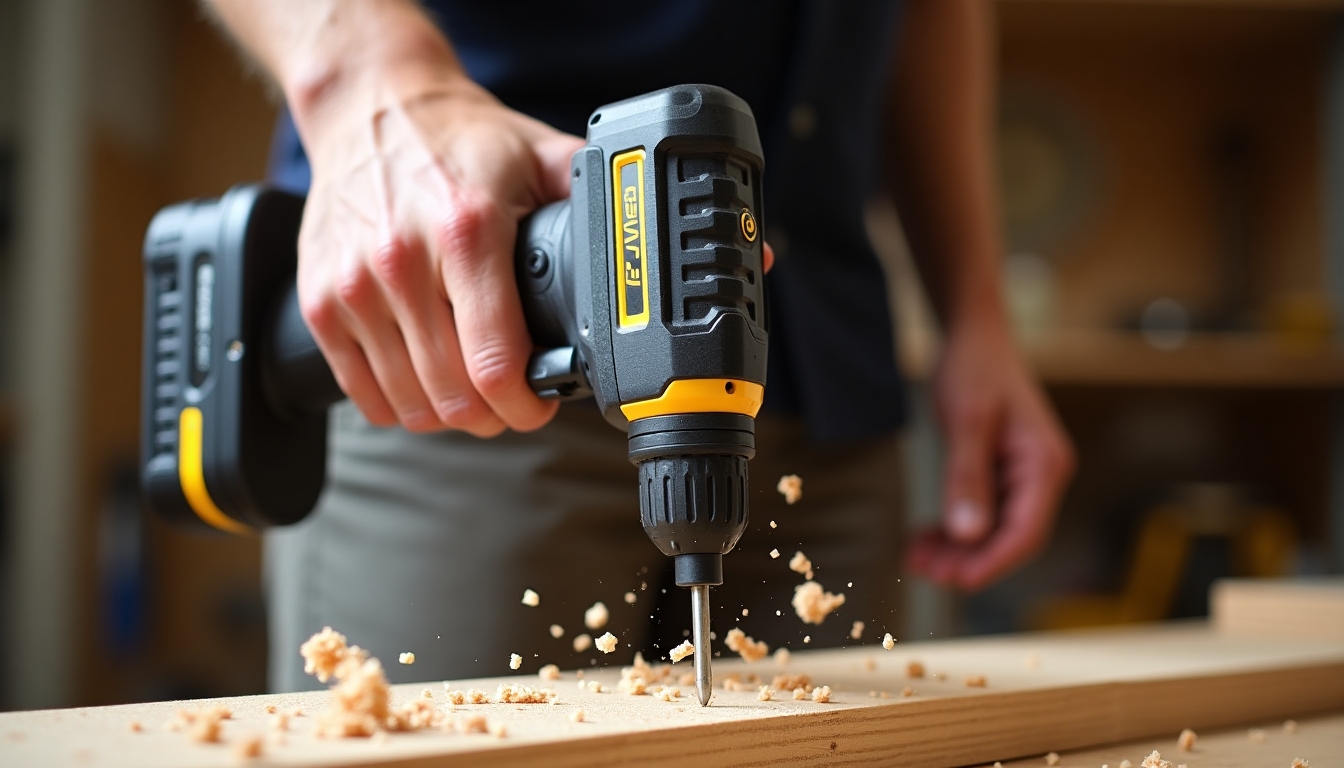
Conclusion
Keeping your power tools running strong doesn't have to be a daunting task. By following these simple maintenance tips—cleaning regularly, lubricating moving parts, caring for batteries, storing tools properly, and prioritizing safety—you can ensure that your tools remain reliable and efficient for years to come.
Remember, power tools have come a long way, thanks to pioneers like Black & Decker, who have continuously innovated to make tools more powerful, portable, and user-friendly. By taking care of your tools, you're not only protecting your investment but also honoring the legacy of innovation that has shaped the industry.
Related How to Keep Your Power Tools Running Strong:
- The Evolution of Power Tools: From Manual to Modern
- Keep Your Power Tools Running Strong: The Ultimate Guide to DIY Tools Maintenance
- Choosing the Right Tools for Your Construction Project
- Top-Quality Workman Tools for Contractors: A Comprehensive Guide
- Must-Have Electrical Tools for DIY Enthusiasts: A Comprehensive Guide
- Revolutionizing DIY: How Black & Decker's Cordless Innovations Transformed Power Tools
- Choosing the Right Plumbing Tools for Your Home: A Comprehensive Guide
- Power Washer Accessories for Better Cleaning: Enhance Your Cleaning Game
- Choosing the Right Workwear for Your Job
- Essential Maintenance Tips for Power Tools: Keep Your Equipment Running Smoothly and Safely
- How to Choose the Right Toolbox for Your Needs: A Comprehensive Guide
- Power Drills with Multiple Attachments: A Comprehensive Guide
